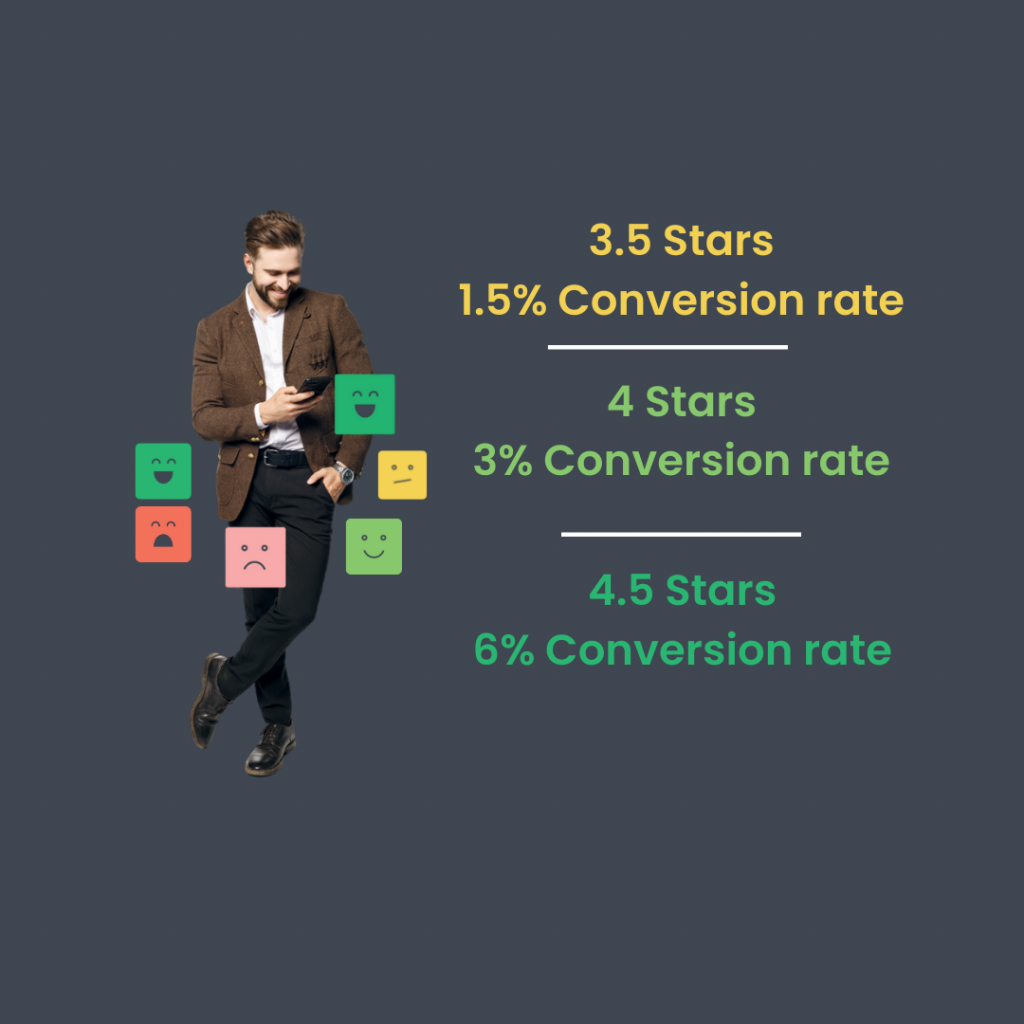Let’s throw it way back to 1603 to the origin of two words that have had a big impact on commerce in the last 400 years or so: caveat emptor or buyer beware. As legend has it, a man named Chandelor bought a bezoar stone for £100 because the seller claimed it had healing properties—it did not. Chandelor sued the stone seller, Lopus, and the court ruled, “the bare affirmation that it was a bezoar stone, without warranting it to be so, is no cause of action.” In other words, tough luck, pal.
Fast-forward to today, and while caveat emptor is still a consideration, shoppers are savvier than ever and do their research online before hitting the buy button. Most are also conditioned to share feedback about the products they purchase, either in-store or online. Consumers trust each other and they expect transparency especially if they can’t get it from brands themselves. This became apparent several years ago when a meme started to surface showing “what I ordered” versus “what I received”. Here are a few examples:



With abominations like these, buyers started to flip the script, and in the modern age, it’s now becoming a case of seller beware. Consumers have high expectations (rightly so), and they want accurate product descriptions, sizing charts, photos that are true to life, and quality, wearable products (not a big ask!). Brands that miss the mark must now expect that customers will head online to air their dirty laundry, warn other shoppers, and share their experiences.
And, this is the power of consumer intelligence. Whether positive or negative, it comes directly from the only source that matters: Consumers. With 93% of consumers saying that reviews have an impact on their purchasing decisions, they are a major tool that many brands aren’t fully utilizing. While most brands measure reviews from their brand.com and those reviews are shared with partner sites like BazaarVoice or PowerReviews, this is only a fraction of the reviews on the marketplace. Why does this matter? It’s not an accurate representation of all of the consumer sentiment out there about your products. And while we are anything but a team of statisticians, we know that the more data you collect, the more you’ll know about your customers, product performance, and ability to maximize revenue.
If we look at it by the numbers, a product’s star average actually has a direct effect on sales: the higher the star average, the higher the rate of conversion, and vice versa.

With the full review landscape from Channel Signal—aggregated reviews from your brand.com and major retailers including Amazon, Target, Walmart, Zappos, and more— retailers can empower their teams with insights, in real-time, to streamline decision-making. Use star average data to market products with the highest conversion rates, tap into consumer feedback to inform product development, and predict trends and patterns to take a proactive approach to product forecasting.
It’s safe to say that we’ve come a long way since the days of Chandelor and Lopus, and that most brands take a customer-focused approach to retail. But, in an age where content can go viral in minutes, and a meme can take down a product, buyer beware no longer cuts it. Instead, brands that nurture consumer intelligence, by truly listening to feedback and consumer sentiment can cultivate a better customer experience where “what I ordered” and “what I received” are perfectly aligned.
